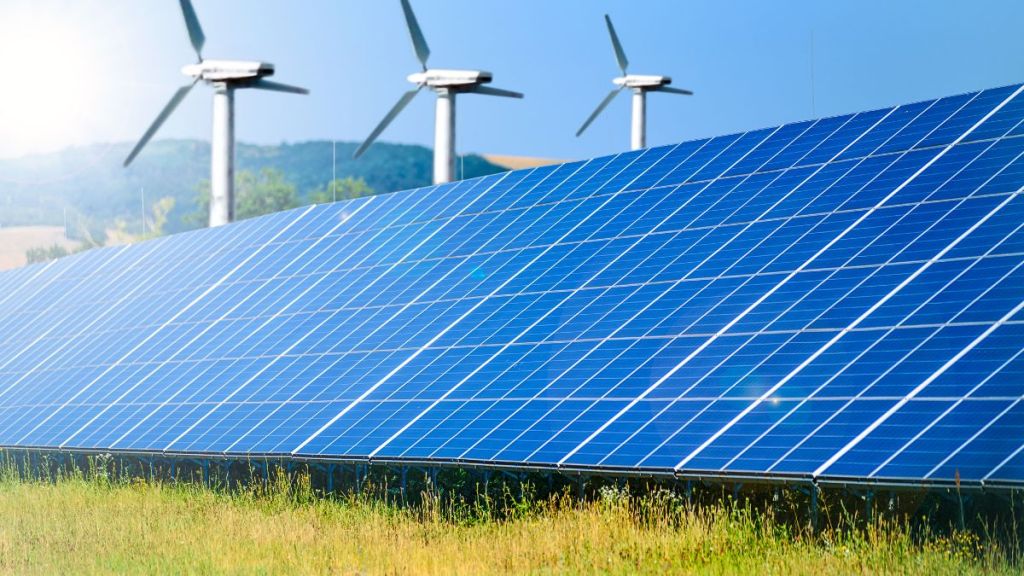Enhancing India’s energy security by increasing relative self-sufficiency in domestic oil production is no doubt a strategic objective in today’s challenging times. There are relentless pressures from the US to reduce purchases of relatively cheaper Russian oil for the bilateral trade deal to go through, which only implies reliance on costlier supplies from West Asia and the US. The global oil market may be awash with supplies—intensifying downward price pressures—but recent developments dictate a degree of caution in this regard.
The oil cartel, Organization of Petroleum Exporting Countries and its allies (OPEC+), agreed on a small oil output increase of 137,000 barrels per day for December, the same as for October and November, and paused production increments for January-March 2026.
This decision by OPEC+ clearly has been motivated by rising fears of a supply glut in oil and a desire to protect the floor under falling prices. Given India’s import dependence for its oil requirement, which is as high as 88%, it must make determined efforts to boost domestic oil output over the medium term.
To be sure, the government is seized of the imperative of stepping up oil production by incentivising domestic producers and global giants for exploration and production (E&P) and has enacted the Oilfields (Regulation and Development) Amendment Act, 2025.
Obviously, it will take more time before the pragmatic policy stance bears fruition. But the good news of late is that the state-owned Oil and Natural Gas Corporation—that accounted for three-fifths of domestic oil production last fiscal— has inked a contract with British Petroleum to optimise oil recovery in the relatively mature Mumbai High, and expects “green shoots” of improvement from January onwards with incremental production gains anticipated from FY29-FY30 onwards.
The expectation is that over a 10-year period, production will increase on a cumulative basis by 60%. It is only through such technical collaborations and stepped up E&P activity in the offshore basins of the country that this state-owned major can boost its flagging domestic oil production. Indications are that this may happen from the first quarter of FY27 onwards.
This, indeed, is the challenge of improving relative self-sufficiency. India must go all in to incentivise global oil majors like Exxon, Shell, and Chevron who have the expertise in deep-water exploration to help reverse the slide on domestic output. This has been falling for various reasons including low investment due to obstructive regulations and high taxation.
Big Oil must not be constrained by the challenging business environment, including concerns regarding arbitration and compensation in case of expropriation. Union Petroleum Minister Hardeep Singh Puri is bullish that India holds the potential of “several Guyanas” in the Andamans—with a gas find by Oil India—as it lies within the Bengal-Arakan sedimentary system where stratigraphic traps—underground geological formations caused by sedimentary rock layers—are conducive to hydrocarbon accumulation. E&P, for its part, is serendipitous in nature and we must not be deterred by cost overruns.
In Guyana, drilling was done in 44-odd wells but it was in the 41st one that massive oil reserves were discovered. In an uncertain global environment—with pressures to source more expensive supplies and oil prices expected to be volatile—India must enhance its energy security by stepping up its domestic output over the medium term.

